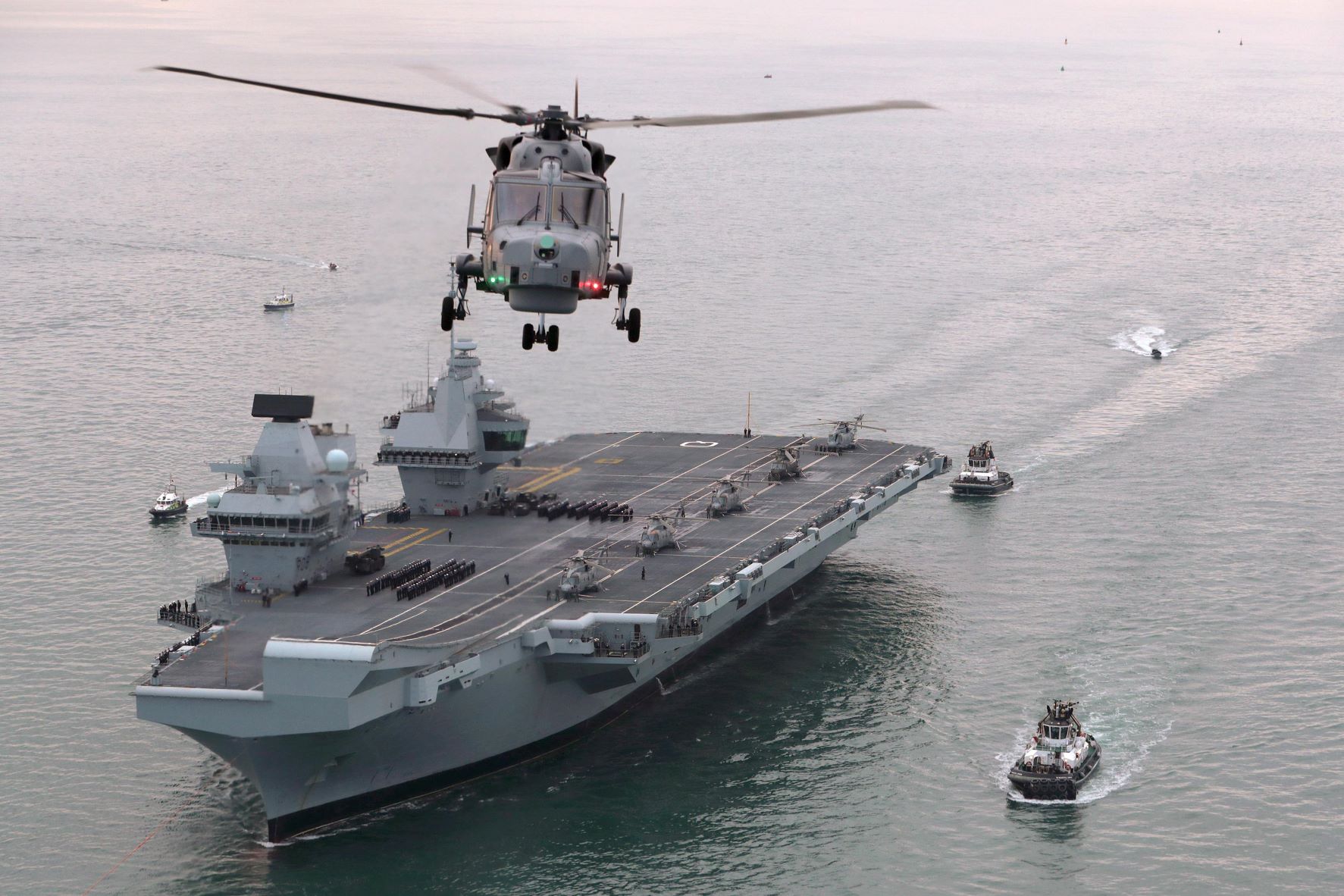
SHAH ALAM: At DSA 2022, Leonardo is promoting its AW159 maritime helicopter. Leonardo’s AW159 is opportune for maritime missions through its modular equipment, which provides and enhances its true multi-role capability. The helicopter remains the most affordable, modern and agile platform available for Anti-Submarine Warfare (ASW) and Anti-Surface Warfare (ASuW) roles around the world. The platform has now surpassed 80,000 flight hours across its global fleet.
The AW159 can conduct Intelligence, Surveillance, Target Acquisition and Reconnaissance (ISTAR), Maritime Interdiction, ASW, ASuW, and Search and Rescue (SAR) operations.
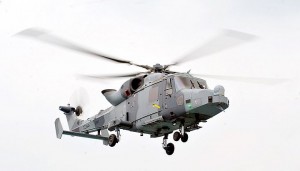
There are multiple opportunities around the globe, from Europe, the Middle East to Asia-Pacific, for the AW159. The helicopter is a competitive value offering which incorporates a series of advanced technologies ranging from its Digital Automatic Flight Control System to next-generation avionic and mission systems that enhance the aircraft’s eyes on the mission at sea and on land.
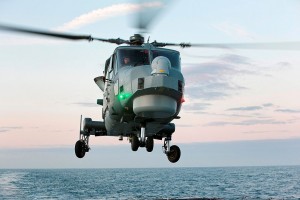
The network-enabled helicopter includes the latest communications, navigation systems and sensors with a wide range of Air to Surface and Sub-Surface weapons. The Tactical Processor and Human Machine Interface are designed to give the aircrew the winning edge in the modern battlespace. The compact AW159 is a fully marinised aircraft, optimised for operations from limited space on vessels in high sea states.
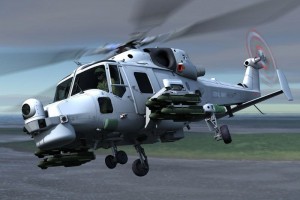
Leonardo continues to invest in the AW159, expanding the aircraft’s capabilities. The AW159 FASGW anti-surface capability programme is just one example. Leonardo and Thales announced in May 2020 the first successful firings of the Thales ‘Martlet’ Lightweight Multirole Missile (LMM) from Leonardo’s AW159 Wildcat helicopter.
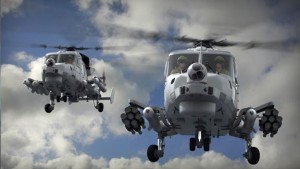
The firings were conducted as part of the UK MoD’s Future Anti-Surface Guided Weapon (FASGW) programme and demonstrated the integration of the Martlet onto the AW159 platform. In October 2021, according to the Royal Navy, the service conducted a launch of the Martlet lightweight missile at an inflatable target in the sea for the first time time during frontline operations. The Royal Navy confirmed that ‘in 0.3 seconds, the missile detached from the Wildcat HMA Mk2 helicopter, accelerating to 1.5 times the speed of sound towards its target’.
In July 2014, Leonardo signed a contract with the UK Ministry of Defence to integrate, test and install the MBDA Sea Venom (heavy) and Thales LMM (light) missile systems on to Royal Navy AW159 Wildcat helicopters, a programme called Future Anti Surface Guided Weapon (FASGW).
The FASGW (light) part of the programme has now seen the LMM, with its associated launcher and airborne laser guidance unit, successfully integrated into the Leonardo AW159 Wildcat sensor, displays and avionics systems. The LMM provides a step-change in capability for the Royal Navy, which, in the maritime environment, faces a major challenge in engaging smaller, fast-moving, asymmetric threats, due to their high mobility, their small thermal and radar signatures and the severe background clutter encountered. The LMM is capable of surmounting these issues where traditional electro-optic and radar guidance systems do not provide the certainty of hit required.
The twin-engine multi-role AW159 is able to conduct missions ranging from constabulary to high-end warfighting where it has the capability to autonomously detect, identify and attack targets on land and at sea, including submarine threats. The high-performance platform has state-of-the-art systems, including a Leonardo Seaspray multi-mode electronically-scanning (E-scan) radar, and integrated electronic warfare Defensive Aids Suite (DAS).
To date more than 70 AW159s in a variety of roles have been delivered to battlefield and maritime military operators around the world. Today the helicopter routinely operates in challenging environments and climatic conditions over land and sea. The AW159 has been chosen by the British Army and Royal Navy, the Republic of Korea Navy and the Philippine Navy as a new maritime operator of the helicopter.
— Malaysian Defence
If you like this post, buy me an espresso. Paypal Payment

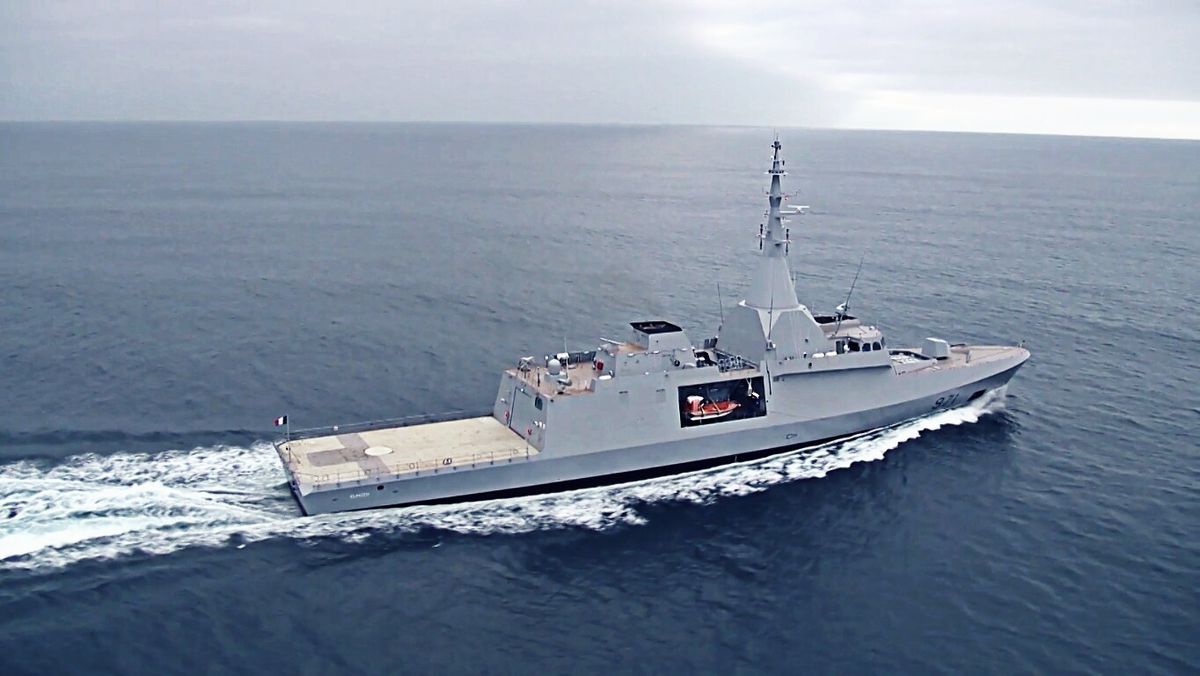
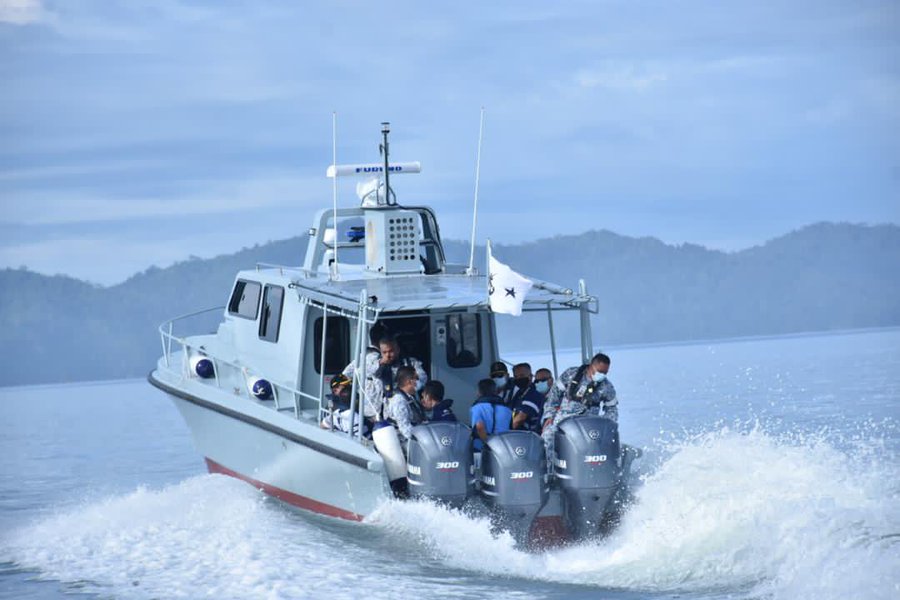
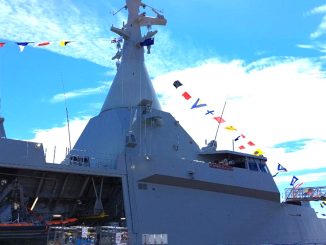
Be the first to comment